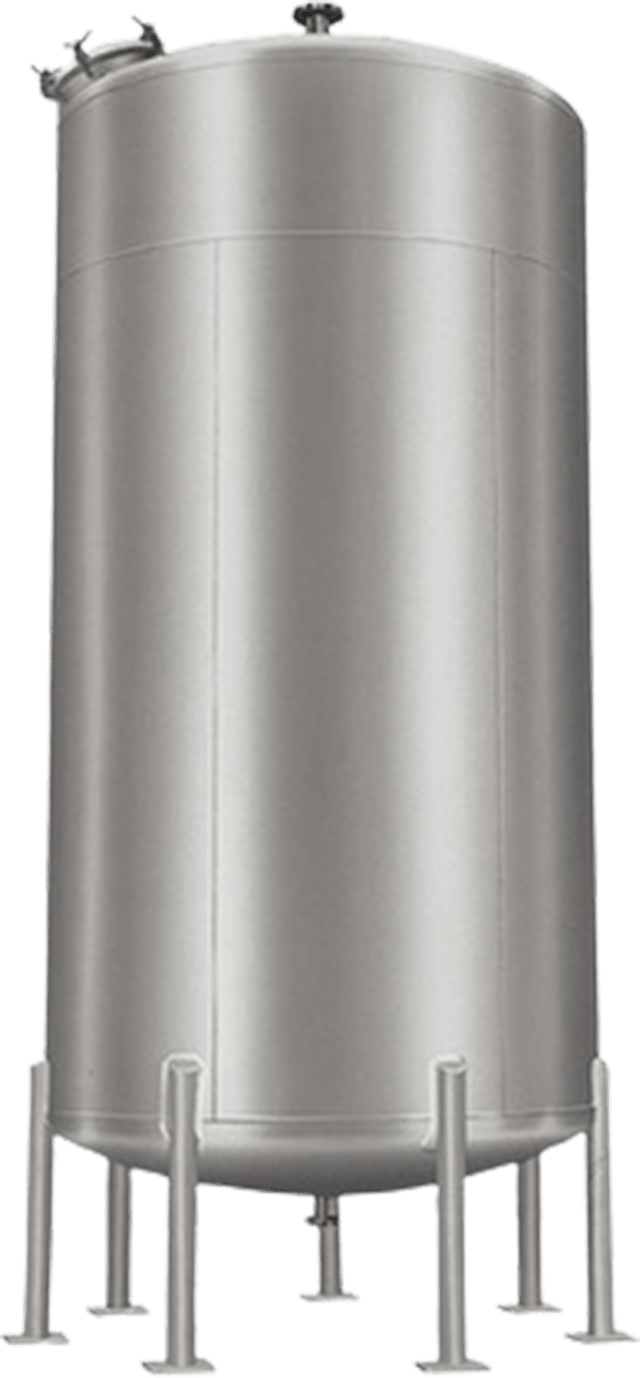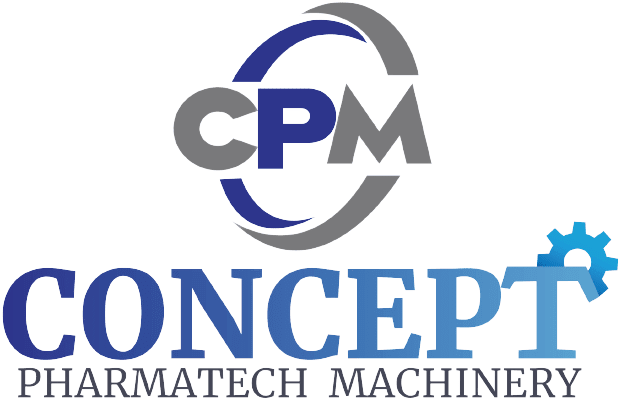
Compliance with cGMP Guidelines:
Storage Vessel Tank are essential components in industries subject to cGMP regulations. These guidelines, established by regulatory authorities such as the U.S. Food and Drug Administration (FDA), set standards for the design, construction, and operation of manufacturing facilities to ensure product quality and safety. Compliance with cGMP guidelines is critical for industries involved in producing pharmaceuticals, food products, cosmetics, and other consumer goods.
Fully Automatic Operation:
Our Storage Vessel Tank feature fully automatic operation, controlled through a programmable logic controller (PLC). This ensures precise and reliable operation, with minimal manual intervention required. Operators can easily set parameters and monitor process variables, enhancing operational efficiency and consistency.
Accurate Temperature Control:
Temperature control is critical in many industrial processes. Our storage vessels are equipped with advanced temperature control systems, ensuring accurate temperature control within ± 2°C. This precise control ensures optimal process conditions, leading to consistent product quality and performance.
Characteristics:
- Corrosion Resistance: Stainless steel is highly resistant to corrosion, making it suitable for storing a wide range of liquids, including acids, bases, and corrosive chemicals.
- Hygienic Properties: Stainless steel tanks are easy to clean and maintain, making them ideal for applications in the pharmaceutical and food industries where hygiene is paramount.
- Strength and Durability: Stainless steel tanks are robust and durable, capable of withstanding high pressures and temperatures, ensuring long-term reliability.
- Temperature Resistance: Stainless steel can withstand extreme temperatures, making it suitable for storing both hot and cold liquids.
- Versatility: These tanks can be customized to meet specific requirements, including size, shape, and additional features such as agitation systems, insulation, and heating/cooling jackets.
Storage Vessel Tank Solutions for Enhanced Efficiency and Compliance
At Multipack, we specialize in crafting storage vessel tank designed to meet the diverse needs of industries such as beverage, food, waste management, pharmaceuticals, and chemicals. Our vessels range in size from 50 to 180,000 liters, providing ample storage capacity for various applications while ensuring optimal efficiency and compliance with regulatory standards.
Features of cGMP-Compliant Storage Vessel Tank
- Material Selection: Storage Vessel Tank designed for cGMP compliance are constructed from high-quality materials such as stainless steel or other corrosion-resistant alloys. These materials are inert, non-reactive, and easy to clean, minimizing the risk of contamination and ensuring product integrity.
- Sanitary Design: The design of cGMP-compliant storage vessels incorporates features that facilitate thorough cleaning and sterilization, such as smooth, crevice-free surfaces, rounded corners, and removable components. This reduces the potential for microbial growth and cross-contamination, enhancing product safety and quality.
- Documentation and Validation: Manufacturers of cGMP-compliant storage vessels provide comprehensive documentation, including material certificates, equipment specifications, and validation protocols. This documentation demonstrates compliance with regulatory requirements and facilitates the validation process for pharmaceutical and other regulated industries.
- Automated Monitoring and Control: Advanced storage vessels may incorporate automated monitoring and control systems to maintain optimal storage conditions, such as temperature, pressure, and agitation. These systems minimize human error, ensure process consistency, and enable real-time data logging for regulatory compliance and quality assurance purposes.
Types of Storage Tanks:
- Aboveground vs. Underground Tanks: Tanks can be installed either above or below ground, each with its advantages and considerations. Aboveground tanks are generally easier to install, inspect, and maintain, while underground tanks offer space-saving benefits and protection from environmental elements.
- Pressurized vs. Atmospheric Tanks: Storage tanks can be designed to store substances at either atmospheric pressure or under pressure. Pressurized tanks are used for storing liquefied gases or volatile substances, while atmospheric tanks are suitable for non-volatile liquids such as water or crude oil.
Design Considerations:
- Material Selection: The choice of tank material depends on factors such as the chemical properties of the stored substance, temperature requirements, corrosion resistance, and cost-effectiveness.
- Reinforcements and Supports: Tanks may require internal or external reinforcements, such as rings, braces, or concrete supports, to withstand internal pressure, external forces, or seismic events.
- Shape and Configuration: Tanks can be cylindrical, rectangular, spherical, or custom-designed to suit specific storage requirements. Factors such as space constraints, structural integrity, and ease of maintenance influence the tank’s shape and configuration.
Construction and Installation:
- Site Preparation: Proper site preparation involves soil testing, excavation, grading, and ensuring adequate drainage to prevent environmental contamination or structural issues.
- Foundation Design: Tank foundations must be designed to distribute the load evenly and resist settling or movement, which could compromise the tank’s stability.
- Tank Erection: Tanks are assembled on-site using prefabricated components or constructed from scratch, depending on the size, material, and installation requirements.
